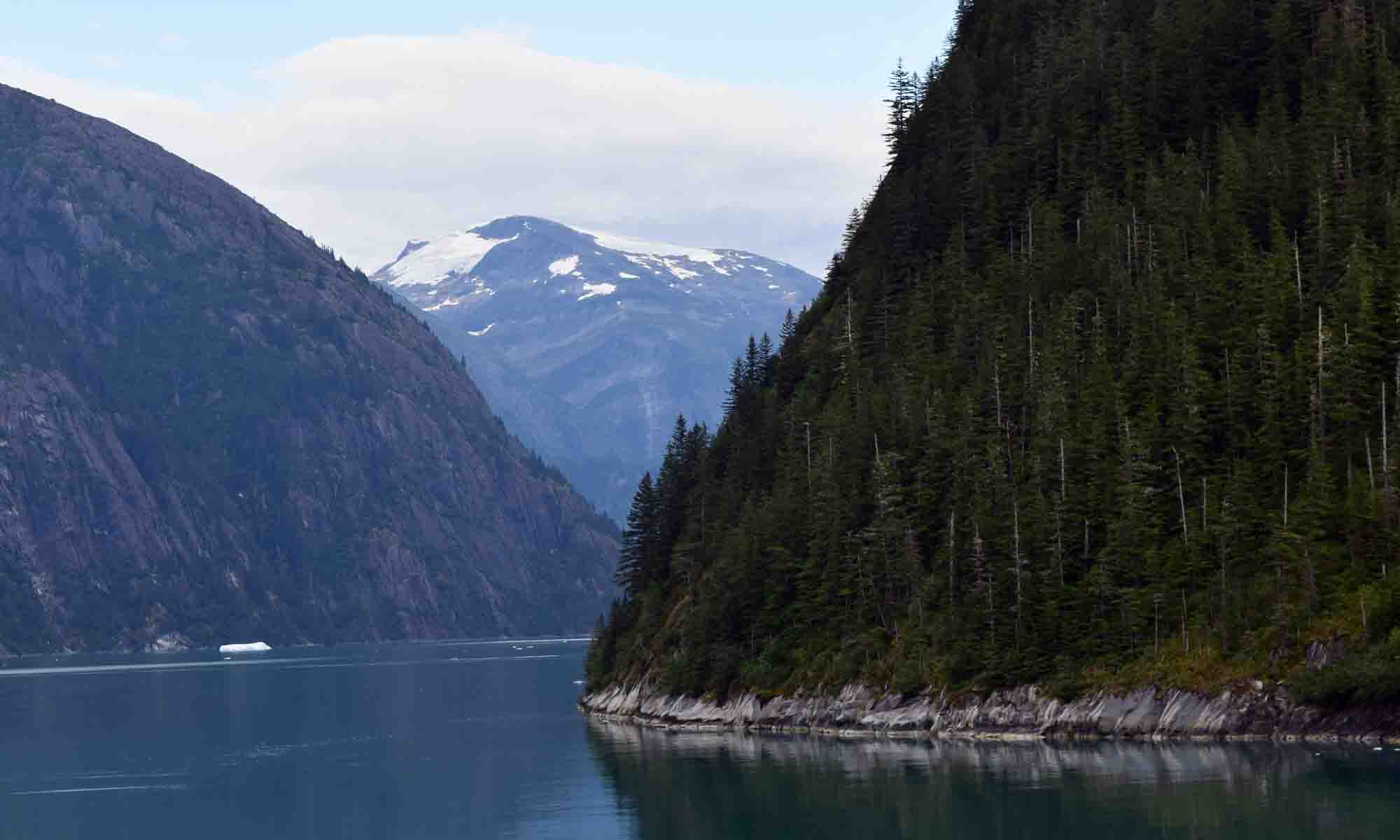
Adventure-wise, I’ve done a lot of weird stuff in my life. I have logbooks, journals, and other things that helped chronicle adventures now long gone. I’ve invested thousands of dollars into equipment most people don’t normally get a chance to use. Here’s a partial list of gear I’ve either owned in the past or still own today:
Cross-country skis, poles, and boots
Skydiving container, parachute, reserve parachute, jumpsuit, wrist altimeter, goggles
Semi-dry suit, wetsuit, buoyancy control device, dive computer, regulators, extra weights, booties, fins, gloves, mask, snorkel, various accessories
Multiple climbing harnesses, four different climbing ropes, 15+ carabiners, rigging plate, pulleys, 100+ feet of webbing, figure 8s, ATCs, ascenders, block & tackle, assorted cordage
Paintball gun, paintball mask, CO2 cylinders, thousands of paintball rounds
Cold-weather gear, rain gear, boots
GPS receiver, two-way radios, headlamps, lanterns, flashlights, spotlight, flares, glow sticks, binoculars, glacier glasses, gear bags, backpacks, various knives, fire-starting metal match, 550 cord, tarps
(I don’t think I’ve ever put together a list like this, and looking at it now, I have to express how fortunate I am to not be maimed, seriously injured, or dead as a result of eccentric hobbies. I have no idea how many waivers I’ve signed in my life. Lord, thank you and please pass along my thanks to my guardian angel(s) for me! But that’s not the point I set out to make.)
It’s fun to still have a lot of these relics from long ago. Many of these items are intended for very specific uses, while others can be used in a variety of situations. When I look at some of this gear now, it’s beat up or well worn due to heavy use. Other pieces are almost brand new, even years later, because they either haven’t been used or I only used them lightly. Some of my most well-worn gear includes my cross-country skis and the climbing harnesses and ropes (considering the condition of the climbing gear, those guardian angels deserve another shout-out!). Other stuff that was pretty much a waste of money includes the semi-dry suit (I used it one weekend and still have it, almost 20 years later) and the wetsuit (I’ve had it the same amount of time, but never even got it wet).
At one time or another I owned all of that gear, so it was up to me how often and in what fashion I used it. Users know every piece of gear must one day be pulled from service because it doesn’t last forever. I sometimes had to make the conscious decision to say “you’re starting to wear out, I’m going to sideline you on this smaller adventure so I can save your remaining utility for something bigger,” or “no, I’m not going to bring you along with me this time because based on what I intend to do, I won’t need you this time.”
If, at any point, any of that gear had said to me “I don’t think I’m up for this,” or started repeatedly protesting the manner in which I intended to use it, I likely would have altered my plans for using it. I probably would have started viewing it as unreliable or not worth the hassle. If you look back at the list of gear I wrote down, most of it is used for activities where you can’t accept the use of questionable equipment. If I have unreliable gear but still have my mind set on taking part in the activity, what am I to do? I can either replace it with a piece of more reliable gear, or figure out another way to do what I’m trying to do using the rest of the stuff I have on hand.
Some of the more worn pieces of equipment I have are the ones that have been most reliable, and I have specific memories of how they’ve come through for me when I asked a lot from them. When you consider that we, as Christians, are tools wielded by the Lord to be used for His purposes (purposes we don’t understand or get a say in), it should be our goal to be up for the challenge whenever the Master opens the doors to his gear racks and looks through what He’s got to work with. If that’s the attitude we maintain, by the end of our lives, we’re going to have a very well-worn quality due to heavy use. That’s a good thing.
Make it your goal to, by the end of your life, lose the shine that accompanies lack of use. We shouldn’t be hung up in the closet, still bright and colorful; we should have frayed seams, some chips and dings, and be a little faded. For those of you who have lived your life serving the Lord, or who have temporarily parted ways with loved ones after their years of faithful service to Him, take comfort in the fact that He has fond and specific memories of the ways you and yours have come through for Him.
One day that shine and color will be renewed, even brighter than the original.











